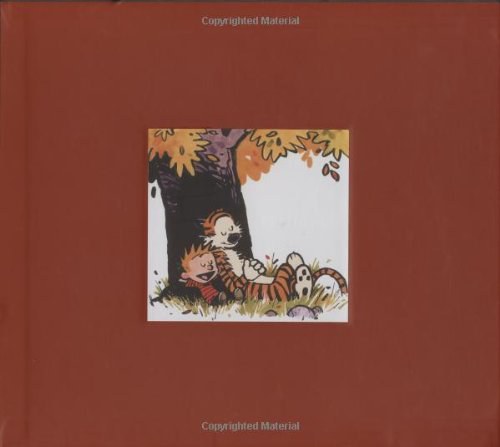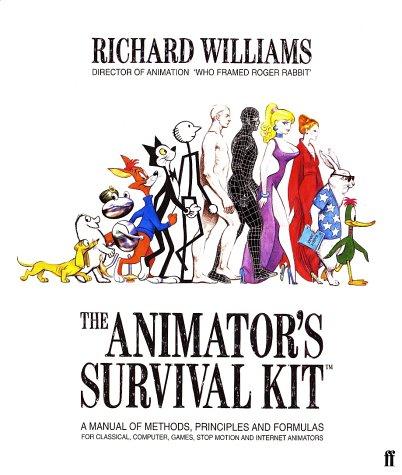![[美] John R·Levine《qmail》](http://oss.shudanhao.com/caiji/chazidian/2023/412.jpg)
[美] John R·Levine《qmail》
书刊介绍
内容简介
qmail has quietly become one of the most widely used applications on the Internet today. It's powerful enough to handle mail for systems with millions of users--Like Yahoo! Mail and Hotmail, while remaining compact and manageable enough for the smallest Unix- and Linux-based PC systems. Its component design makes it easy to extend and customize while keeping its key functions secure, so it's no wonder that adoption of qmail continues at a rapid pace. The downside? Apparently none. Except that qmail's unique design can be disorienting to those familiar with other popular MTAs (Mail Transfer Agents). If you're coming from sendmail, for instance, you might have trouble recasting your problems and solutions in qmail terms. qmail first helps you establish a "qmail frame of mind," then explores the installation, configuration, administration, and extension of this powerful MTA. Whether you're installing from scratch or managing mailing lists with thousands of users, qmail provides detailed information about how to make qmail do precisely what you want qmail concentrates on common tasks like moving a sendmail setup to qmail, or setting up a "POP toaster," a system that provides mail service to a large number of users on other computers sending and retrieving mail remotely. The book also fills crucial gaps in existing documentation, detailing exactly what the core qmail software does. Topics covered include: Installation and configuration, including patching qmail - Moving from sendmail to qmail - Handling locally and remotely originated messages - Managing virtual domains - Logging qmail activity - Tuning qmail performance - Running multiple copies of qmail on the same computer - Mailing list setup and management - Integrating the qmail MTA with POP and IMAP delivery - Filtering out spam and viruses If you need to manage mailing lists, large volumes of mail, or simply find sendmail and other MTAs too complicated, qmail may be exactly what's called for. Our new guide, qmail, will provide the guidance you need to build an email infrastructure that performs well, makes sense, and is easy to maintain.
相关推荐
-

RICK MOORE《UI Design with Adobe Illustrator》
Createhighfidelityprototypesforcomplexwebsitesandapplicationswiththeeasy-to-lear...
-

肖扬《Turbo与LDPC编解码及其应用》
《Turbo与LDPC编解码及其应用》结合国际工业技术标准和国内工业技术标准中的Turbo码和LDPC码,系统、深入地给出了Turbo码和LDPC码
-

书坊寻踪:私家古旧书店之旅(精)
《书坊寻踪:私家古旧书店之旅(精)》内容简介:本书为“芷兰斋书店寻访三部曲”之《书坊寻踪:私家古旧书店之旅》,汇集了韦力先
-
![[美] 埃伦·鲁普顿《字体设计指南》](http://oss.shudanhao.com/caiji/chazidian/2023/37558.jpg)
[美] 埃伦·鲁普顿《字体设计指南》
白纸或屏幕上的字母的组织,是设计师们最基本的挑战之一。使用什么字体?要多大?这些字母、字词和段落如何排列、间隔、安排和造型
-

JSP网络程序设计与案例开发教程
《JSP网络程序设计与案例开发教程》内容简介:JSP是目前流行的网络程序开发技术,熟练掌握该技术是计算机软件应用及相关专业学生的
-
![[美] Clifford A·Shaffer《数据结构与算法分析(C++版)(第二版)》](http://oss.shudanhao.com/caiji/chazidian/2023/1980.jpg)
[美] Clifford A·Shaffer《数据结构与算法分析(C++版)(第二版)》
本书采用程序员最爱用的面向对象C++语言来描述数据结构和算法,并把数据结构原理和算法分析技术有机地结合在一起,系统介绍了各种
-

汇编语言-(第2版)
汇编语言-(第2版) 内容简介 汇编语言是各种CPU提供的机器指令的助记符的集合,人们可以用汇编语言直接控制硬件系统进行工作。汇编语言是很多相关课程(如数据结构...
-

Jack Herrington D《PHP Hacks》
Programmersloveitsflexibilityandspeed;designersloveitsaccessibilityandconvenienc...
-

分裂者宫崎骏
《分裂者宫崎骏》内容简介:分裂感在宫崎骏的身上几乎无处不在。他是著名的反战主义者,同时也是著名的武器爱好者。童年经历让他曾
-

市场的逻辑(第三版)
《市场的逻辑(第三版)》内容简介:为什么人类过去200年的进步比过去几千年大得多?中国40年经济成就举世瞩目,关键原因是什么?什
-
![[美] Neal Ford《函数式编程思维》](http://oss.shudanhao.com/caiji/chazidian/2023/4000.jpg)
[美] Neal Ford《函数式编程思维》
本书脱离特定的语言特性,关注各种OOP语言的共同实践做法,展示如何通过函数式语言解决问题。例如,如何利用函数式语言,通过高阶
-

医学专业课程思政优秀案例集(基础医学分册)
《医学专业课程思政优秀案例集(基础医学分册)》内容简介:本书精选了上海交通大学医学院众位教师近三年课程思政成果,在基础医学
-

Java JDK 7实例宝典
Java JDK 7实例宝典 本书特色 为了帮助更多的Java开发人员提高开发技巧,掌握*新的Java特性,笔者韩雪、郭天娇精心编著了这本《Java JDK7实...
-

中国:推动金砖国家合作第二个黄金十年
《中国:推动金砖国家合作第二个黄金十年》内容简介:“求和平、谋发展、促合作、图共赢”,金砖国家“十年磨一剑”,一步一个脚印
-

界:我奋斗的路
《界:我奋斗的路》内容简介:本书为自传,分农村锻炼篇、香港学艺篇、回沪创业篇、回馈故乡篇四个部分,讲述了作者从上海到浙江慈
-

尬聊
《尬聊》内容简介:本书语言生动,通俗易懂,内含大量贴近生活的案例,讲述了与不同的人相处时如何巧妙地聊天。教你化解复杂的、难
-

锡德霍姆《基于Web标准的网页设计技巧与实战》
《基于Web标准的网页设计技巧与实战(第2版)》通过大量现实世界中已经存在的网页实例,由浅入深地讲解了构建遵循Web标准的网页所涉
-

嘉瑞工房《世界歐文活字300年經典》
日本首屈一指歐文活版印刷工坊--嘉瑞工房350件世上罕見的歐文字體活版印刷樣本X專業職人萬字詳解理解TYPOGRAPHY精髓及活用訣竅
-

班克斯的帝国博物学
《班克斯的帝国博物学》内容简介:班克斯是英国启蒙运动时期最具影响力的博物学家之一,是迄今为止任期最长的英国皇家学会主席。班
-

利伯帝,《21天学通C++》
本书是根据2003年的ISO/ANSIC++标准编写的,通过大量短小精悍的范例程序详细而全面地阐述了C十+的基本概念和技术,包括控制输入





